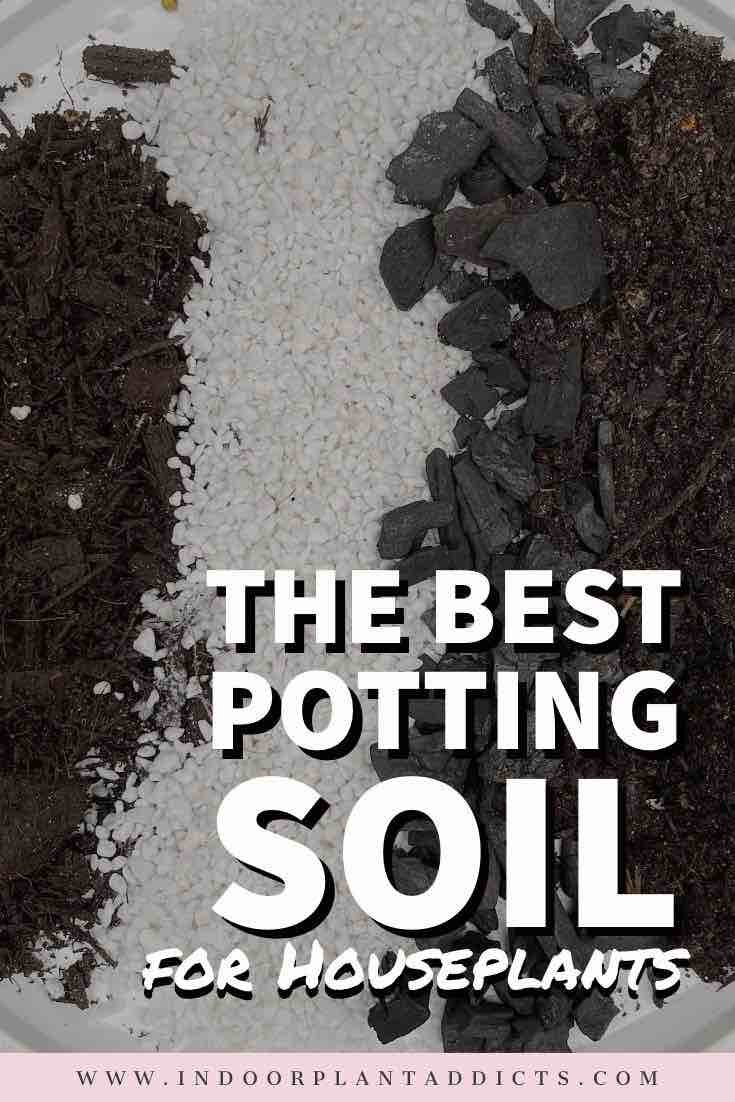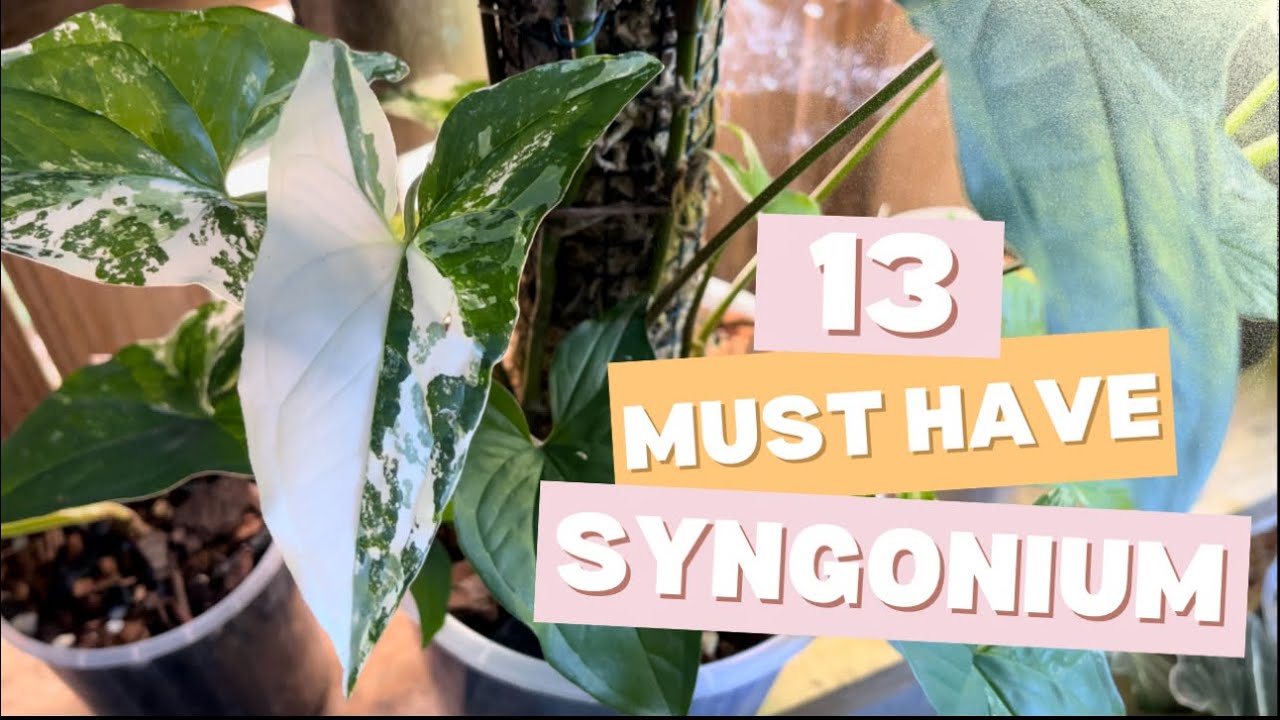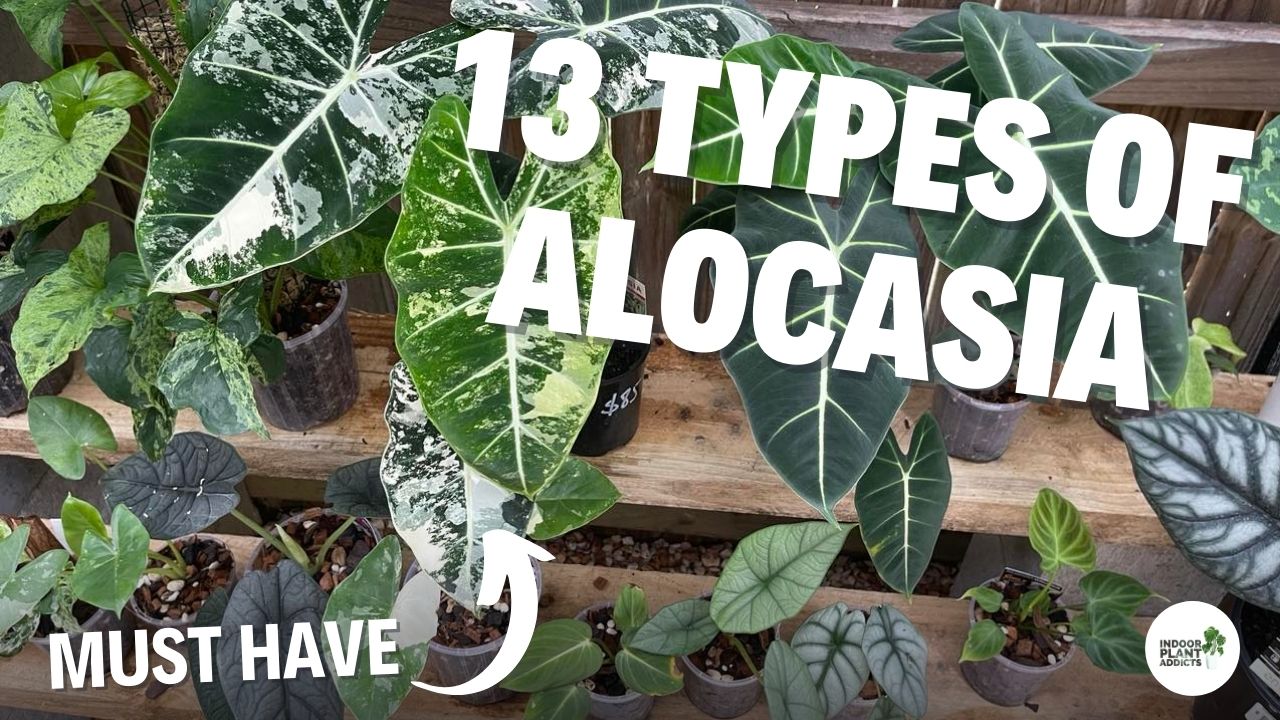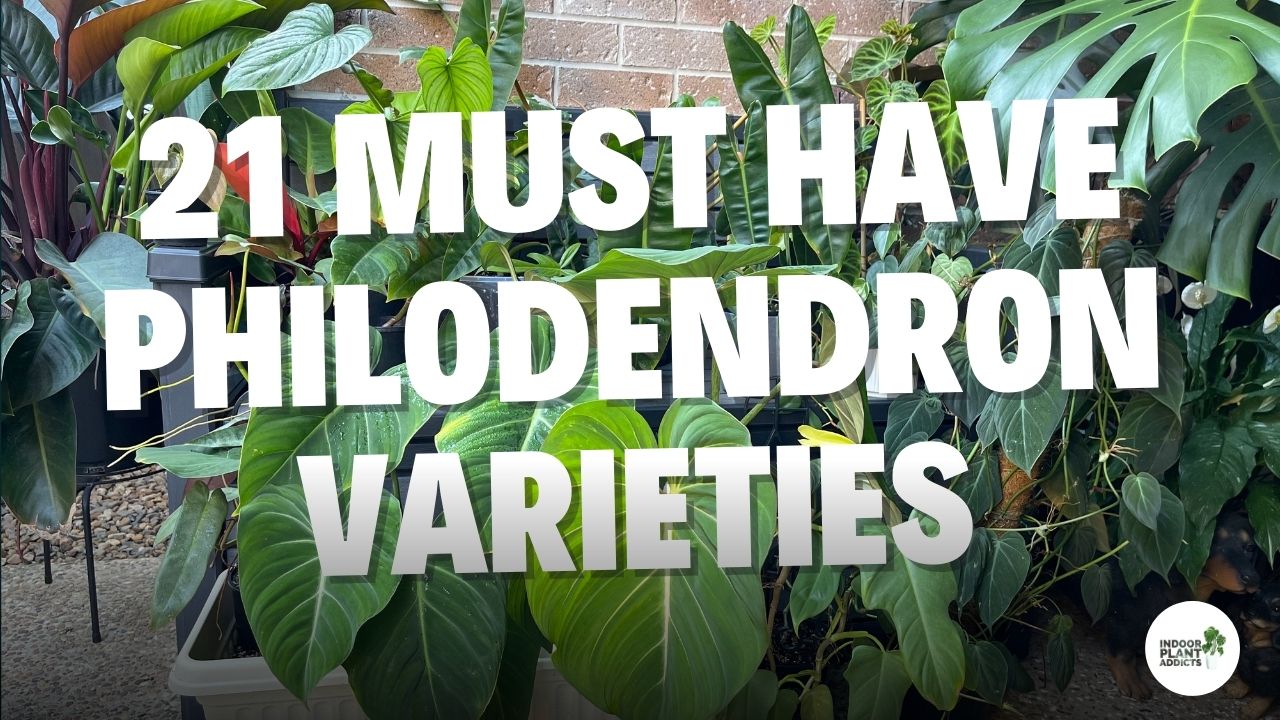Potting soil is definitely one of the most important parts to growing healthy houseplants and finding the right one can be quite overwhelming. There are so many options to choose from, especially if you decide that you want to try and make your own soil mix.
Potting mix is where plants grow and how they get water and nutrients. Plants that are living in the wild have access to all those things everyday, whereas our houseplants only have access to what we give them.

What is the Best Potting Mix for Indoor Plants
You can use a premium potting mix on its own however, you can make it better by adding amendments like perlite or orchid bark to improve drainage and aeration. Indoor plants need a well draining and aerated soil to avoid it from becoming waterlogged and causing root-rot.
Below I’ll go through a few different potting mixes that are good to use including the one I use for my houseplants.
- The potting mix that I use for most of my indoor plants is a mix of premium potting mix, orchid bark, perlite and charcoal. I find that this is keeping my plants happy and healthy. There is enough airflow around the roots, it drains really well while still holding onto moisture and it doesn’t compact after a few waterings.
- An easy and simple mix is using about 80% premium potting mix and 20% perlite.
- Another good mix is using about 40% premium potting mix, 30% perlite and 30% orchid bark.
- For plants that like a bit more of a dryer soil, you can use a mix of about 60% premium potting mix and 40% perlite. This is good for plants like Chain of Hearts, Sting of Pearls and Snake plants.
These soil mixes are good for most (but not limited to) indoor plants like Monstera, Philodendron, Syngonium, Alocasia, Epipremnum and Calathea. There is no “perfect” mix and you can play around with different materials until you find what works best for you and your plants.
If you’re not wanting to make up your own soil mix, there are plenty of specialty potting mixes available that are specifically made for indoor plants.
For more information on the best brands of potting soil for indoor plants click here.
How to Choose the Best Potting Mix for Indoor Plants
The best potting mix will have good drainage and aeration, nutrients, holds moisture and provides support for your plant. Most houseplants will do well in the same type of potting mix as they all like a loose and aerated soil.
You will want to use a soil that provides oxygen to the roots while also retaining moisture for the roots to access as they please. A good mix will also provide nutrients which plants need to promote new and healthy growth. You can use store-bought potting mixes or you can make your own at home.
Choosing what potting soil you need will depend on the type of plants you’re growing as each plant may require a different type of mix. For example, a cactus or succulent will need a sandy, dry soil while a fern will need a rich, moist soil.
Luckily, there are plenty of different houseplant potting soils readily available for you to buy. These soils will be fine to use how they are or you can add other additives to them to make it more how you would prefer. There is no “perfect” potting soil as everyone prefers different things.
Regular Soil vs Indoor Plant Soil
A regular soil can be quite heavy and dense which can suffocate the roots of houseplants. These mixes are generally labelled as ‘Garden Soil Mix’ and are designed to be added to soil in the ground to help improve it.
In some cases, you can use garden soil if it states that it can be used in containers however, it’s best to just avoid it. If you were to use a garden soil, you would need to add other additives to make it more suitable.
Potting mixes labelled as indoor plant mix or houseplant soil are better to use. Houseplant potting mixes contain more additives which help with drainage, aeration and they don’t hold as much moisture as a regular potting soil.
This is better because it won’t suffocate the roots or cause any diseases like root-rot. Indoor plants need more airflow around the roots and longer to dry out between waterings compared to other types of plants. Potting mixes specifically made for houseplants are designed to assist with these requirements.
Soil Additives for Houseplants
Soil additives are ingredients that go together to help with retaining water and creating drainage and airflow. You will see these ingredients listed on the pre-made soil mixes you buy. You can also use some of these together and experiment with what you prefer to make your own soil mix.
Sphagnum and Peat Moss
- Sphagnum Moss – Sphagnum Moss is long fibered with a natural pH. Spaghnum moss is added to soil mixes to help retain moisture and to add structure and aeration. It can also be used as a substrate for growing and propagating plants.
- Peat Moss – Peat moss is fine and has a dry texture. When dry, peat moss is quite light and fluffy. This helps to prevent the soil from compacting which helps with aeration and drainage. It is also good at retaining moisture without causing the soil to become soggy.
What is the Difference Between Sphagnum and Peat Moss?
Sphagnum and peat moss are from different parts of the same plant. Sphagnum is a genus with over 300 species of moss and is typically found in swamps or bogs. It is a living plant which grows on top of the bog.
Spaghnum Moss is harvested while it’s alive and then the dead and decayed parts are harvested from the bottom of the bog which is called peat moss. Not only does peat moss contain the decayed sphagnum moss, it also contains other decaying plant matter and insects.
Peat moss is not sustainable to harvest. It takes thousands of years for it to develop and the bogs need to be dug up to collect it. This can destroy the regeneration of the swamp/bog.
Coco Coir
Coco Coir is a natural fibre that is taken from the husk of a coconut. It’s quite similar to peat moss but it’s better and more sustainable. Coco Coir is lightweight, retains moisture and creates better drainage.
Perlite
Perlite is a volcanic glass that has been heated in high temperatures. It then pops and expands into lightweight, white material. Perlite is used to help create better aeration and drainage. It helps to keep the soil loose and prevents the soil from compacting. Perlite is also good to use as a medium for propagating plants. Since perlite is so light, over time it tends to float to the top of the soil.
Vermiculite
Vermiculite is a hydrous phyllosillicate mineral which is heated and expanded. It also comes in a few different colours. Vermiculite is used to create drainage, prevent soil compaction and retain water and nutrients while staying lightweight. This is better to use for plants that like a moist soil.
Pumice
Pumice is a volcanic rock that consists of tiny air bubbles. It’s good to use for plants like succulents and cactus that require good drainage and aeration. Pumice is good for loosening heavy soils, retaining excess moisture, improving drainage and aeration and it doesn’t decompose. It is slightly heavier than perlite which means it won’t float to the top.
Orchid Bark
Orchid bark is tree bark that is dried and shaved down into small chunks. It’s a good soil amendment for many plants, not just orchids. Orchid bark is quite chunky which allows air circulation, makes the soil less compact and creates better drainage.
Sand
You can use sand for plants that like a dry and sandy soil, like succulents and cactus. Sand is good for creating drainage and aeration. You want to make sure you use a horticultural sand because a normal playing sand can compact the soil and do the opposite of what you’re trying to achieve. Horticultural/propagating sand is also good to use for propagating a variety of different plants.
Charcoal
Charcoal helps with drainage, aeration, retains moisture, naturally conditions the soil by absorbing water impurities and helps prevent mould and odours. It can also assist in balancing soil pH levels.
Fertility Additives for Houseplants
When it comes to houseplant soil, you also need to think about what you can add to the soil to make it nutrient rich. Indoor plants require a fertile soil so they can promote and maintain new and healthy growth. Synthetic fertilisers and organic fertilisers are the two main fertiliser types that you can use in your potting soils.
- Synthetic fertilisers: Synthetic fertilisers are inorganic compounds that are “man made”. They are typically derived from chemicals such as ammonium phosphate, potassium sulfate, ammonium nitrate and superphosphate. Synthetic fertilisers are absorbed quickly and don’t do anything to the soil longterm.
- Organic fertilisers: Organic fertilisers are naturally produced by or from animals or plants. Organic fertilisers provide a long lasting supply of nutrients, improve soil structure and aeration and increase water retention.
For more information on the different types of fertilisers to add to your potting soil click here.
Can You Reuse Soil for Indoor Plants?
Technically, if the plant that was in the soil previously was healthy, you could reuse the soil. If the plant had any pests or diseases, it’s best to throw that soil away to avoid the chance of infecting the new plant you’re potting in the soil. You should sterilise the soil before you use it to kill off any potential pests and diseases that could be in the soil.
If you have decided that you want to reuse your potting soil, it’s likely that you’ll need to add more nutrients to it. This is because the previous plant would’ve used up all the nutrients that was originally in the soil. You might also need to add more amendments or fresh soil just to help make it better for the plant.



